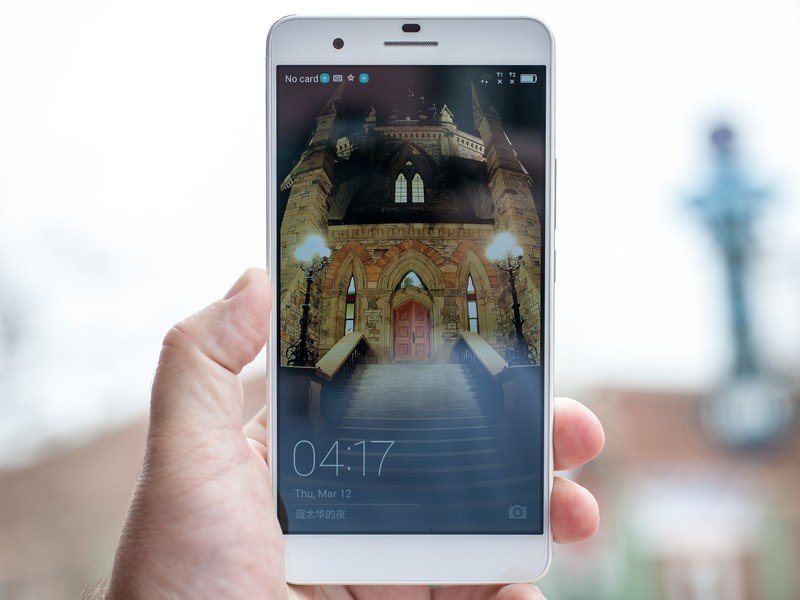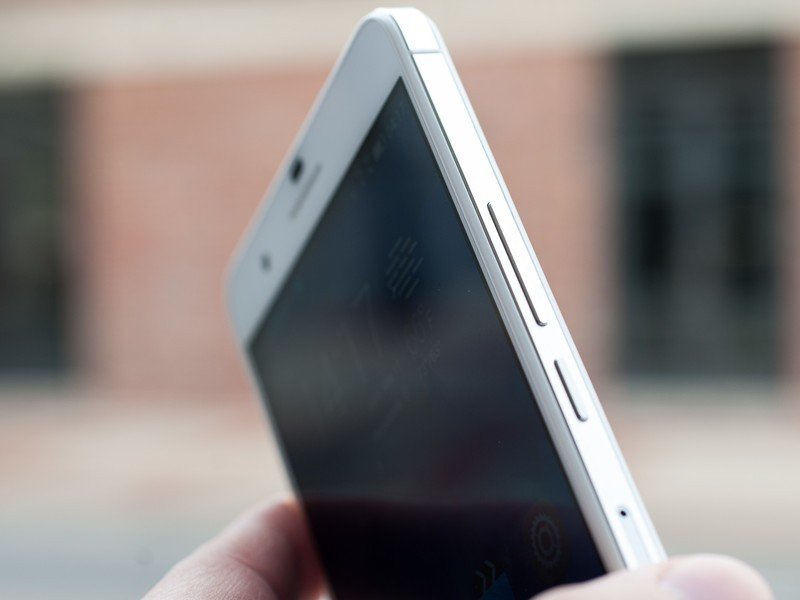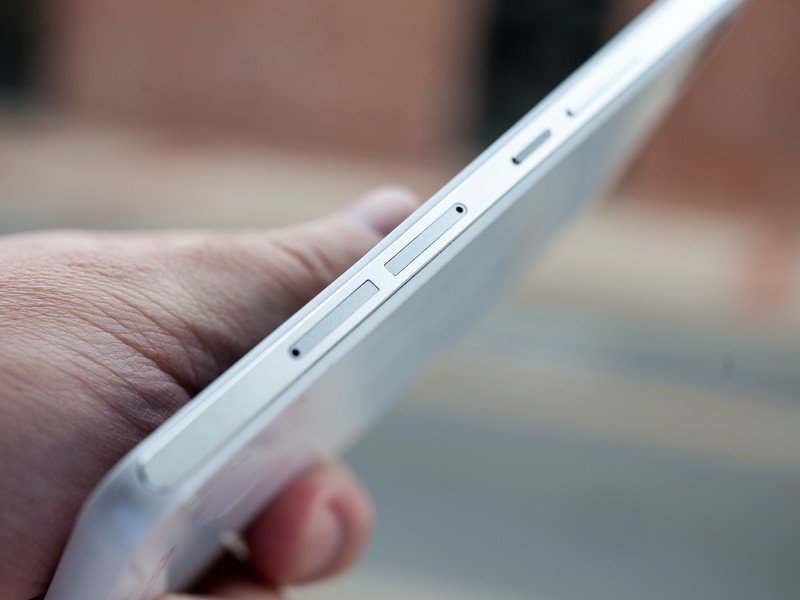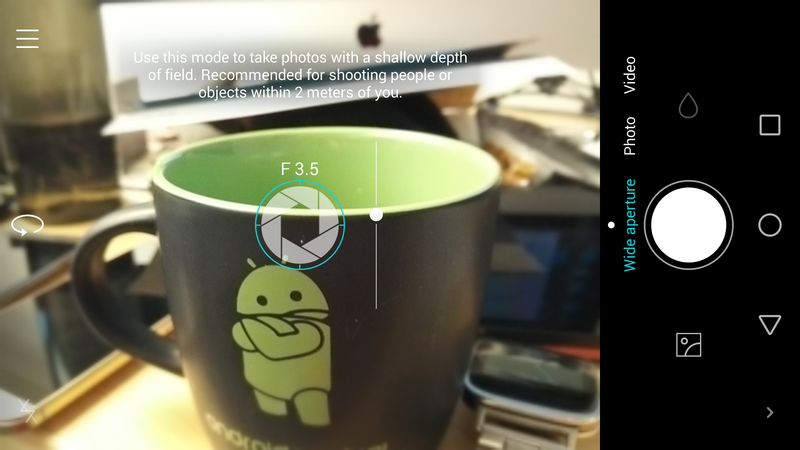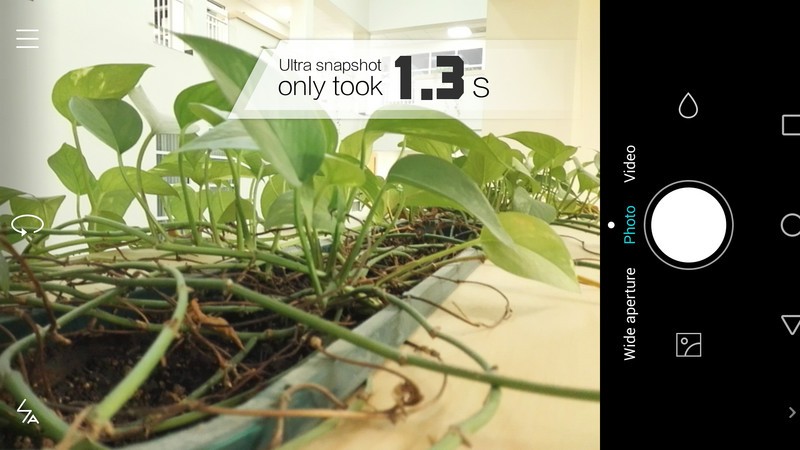When we talk about the major Android manufacturers, we tend to talk the likes of Samsung, LG, HTC, Motorola and Sony. Huawei usually doesn't enter the conversation until the low-cost, prepaid market. An afterthought, for those of us who spend too much time playing in the high-end.
We come by it honestly, of course, but we've also been missing out on some rather compelling devices. But 2015 will see a new push from Huawei in the United States, and sooner rather than later.
We caught up with Huawei at CES Live 2015 in Las Vegas for an early demo with the Honor 6 Plus, and we've since taken it for a quick spin on our own time. And while this is a China-specific device — that means no Google services, first and foremost, it gives us another good look at the sort of hardware Huawei as capable of building, and even more important the sort of camera quality we'll be looking for when we get new North American devices.
About this mini-review
This is not a full Android Central review of the Honor 6 Plus. Frankly, we'd be in danger of repeating "no Google services" over and over again, which is neither helpful nor representative of the phone and the services that are available in China. That much is evident after even a short time with this phone. It's not missing out on things, it's just missing the things we're used to here in the U.S.
(That also means there's a ton of new and strange and usual features for us to poke through, which is fun.)
So we'll give a brief overview of the hardware and software, but mostly focus on the camera and the sort of shots you'll get from it. We'll go much more in depth with Western releases in the coming months.
Get the latest news from Android Central, your trusted companion in the world of Android
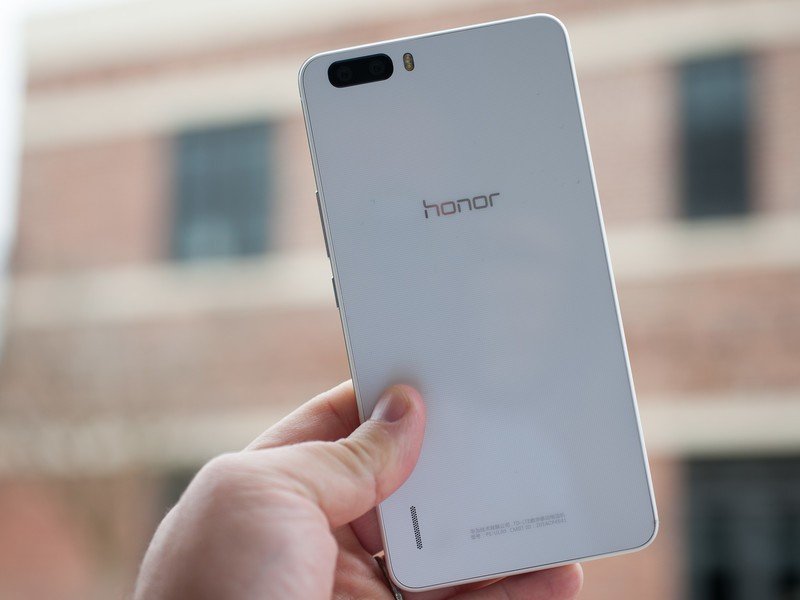
Huawei Honor 6 Plus hardware
Solid, big, and a bit familiar
If your only experience with Huawei devices has been with low-cost, low-end hardware, you've been missing out on something Europe and Asia have known for a while: Huawei can make some really good phones.
The Honor 6 Plus is a large slab of a phone. It's reminiscent of a larger iPhone 5 thanks thanks to the silver antennas on the outside edges, but definitely bigger. Size-wize, you're looking at something in between the Moto X and Nexus 6, but with a very different feel than either of those phones. The only real curves here are in the corners. It's not necessarily uncomfortable to hold, but it's definitely lacking the little something special you get in just about every major phone we're used to.
It's also not quite as flashy as Huawei's flagship Ascend line, either. The design differences may be subtle, but they're apparent and give the Honor 6 Plus a decidedly different feel than the (even larger) Ascend Mate 7. I'd argue that's not really a bad thing. Different designs like that in different ranges show a bit a depth from a single company. The glass-covered back is nice to see again — that feature died a little too quickly in other phones a couple years ago. (You'll see Samsung bring it back this year, of course, in the Galaxy S6.)
The 5.5-inch display deserves a mention. It's "only" 1080p, which I'm completely fine with, and it looks quite nice considering that this isn't the highest of the high-end phones. There' no real air gap between the glass and the display either. A pleasant surprise here.
On the outside, everything else is pretty normal. Volume rocker and power button on the right-hand side, along with dual-SIM slots (not uncommon outside the U.S. and Europe). Headphone jack and IR port up top, microUSB on the bottom.
On the back is where the real work begins: The side-by-side cameras, looking a good bit like a pair of eyes. More on that in a bit.

Huawei Honor 6 Plus software
And now for something complete different
If you've never been exposed to Huawei's EMUI before, you're in for something different. Or familiar. In fact, it took me a few minutes to get out of the traditional Android frame of mind — home screens plus app drawer — and realize what was going on.
Take an traditional Android UI as we're used to it here and remove the app drawer, and you've got the basics of EMUI. Apps just live on the home screen. Or, really, they just live on the screen. Notifications pull down in the usual way, but they're pretty heavily styled.
There are a bunch of apps preloaded here. Some we somewhat recognize. Weibo instead of Twitter, for instance. Amap instead of Google Maps. It's different to us, sure. In China? Perfectly normal.
All this is running atop Android 4.4.2. Normally I'd frown pretty heavily at that. But so much is different here already ...
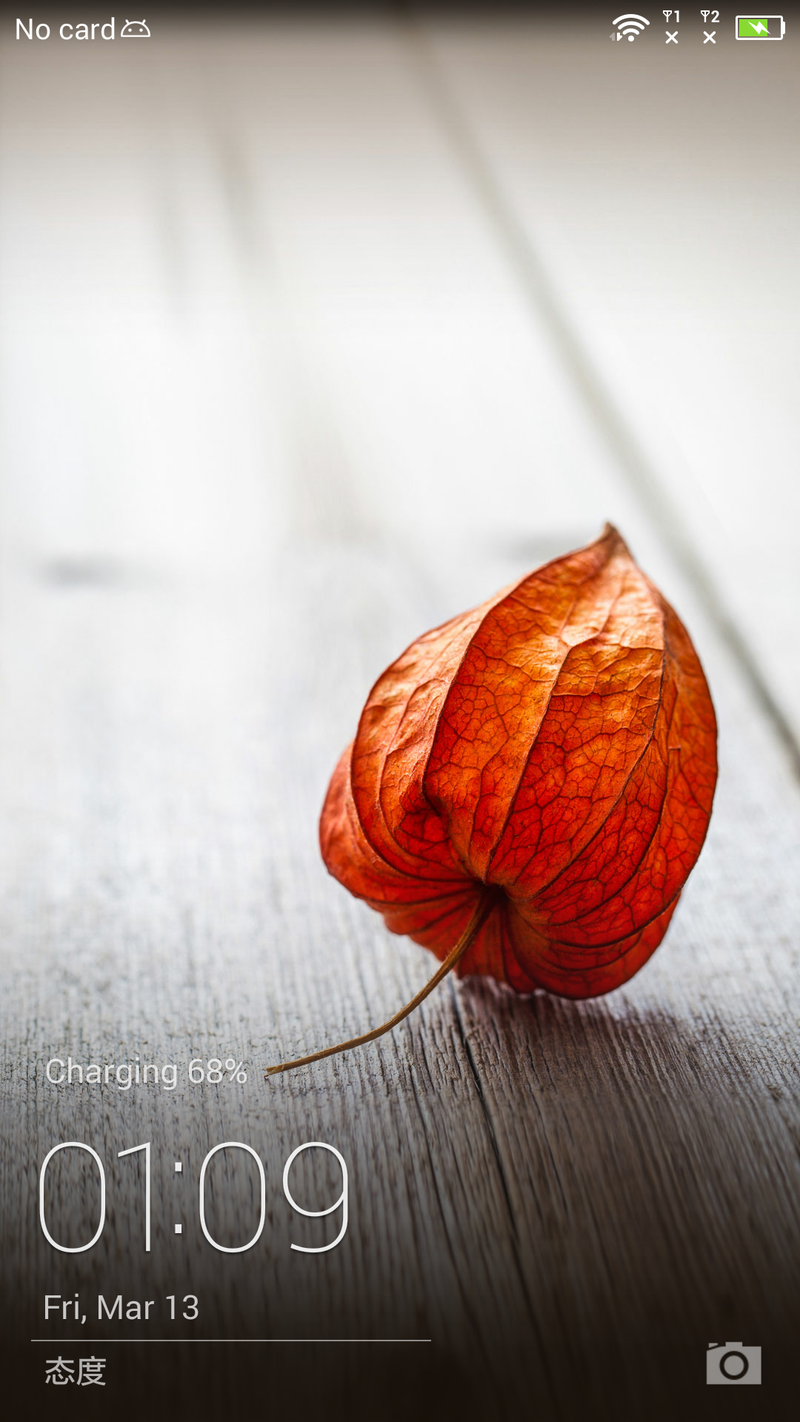
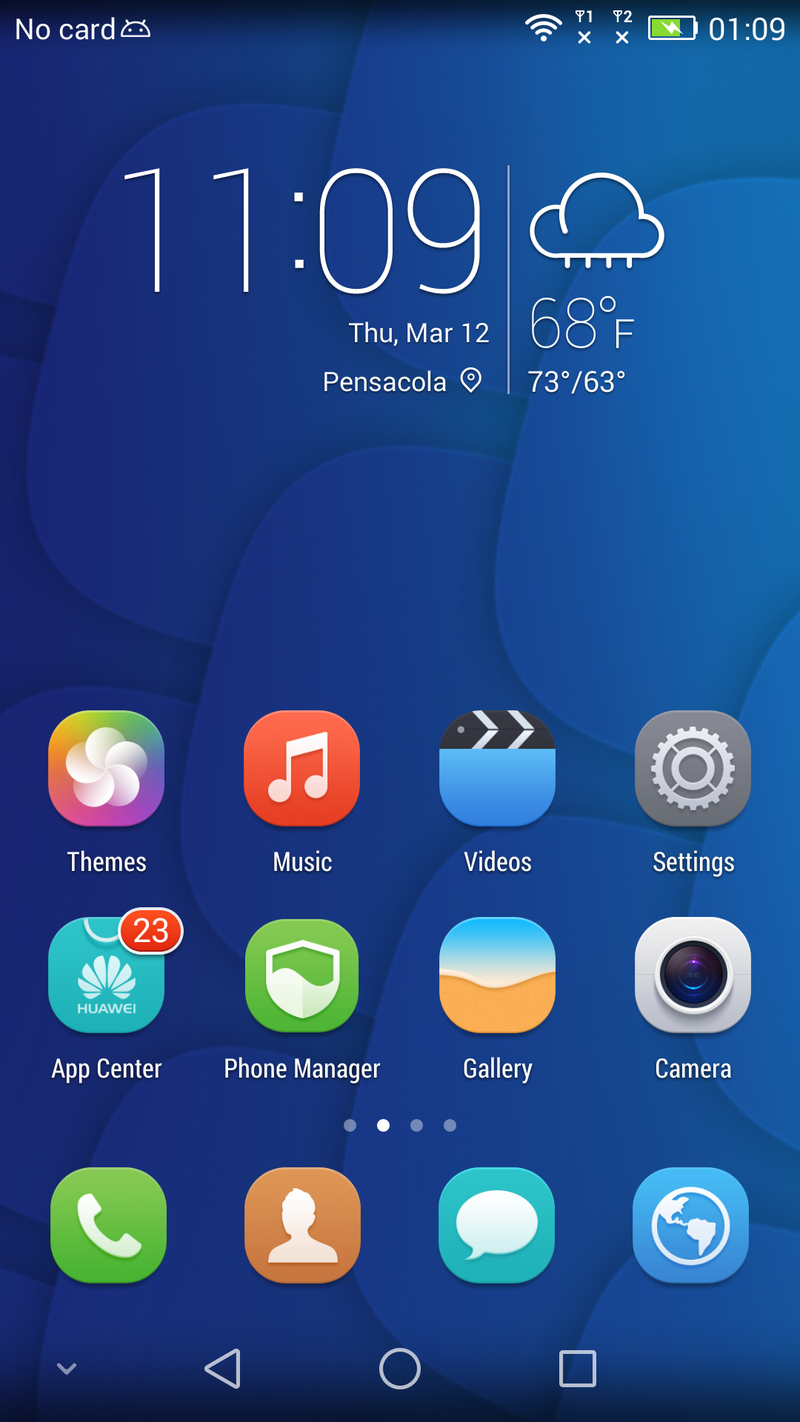

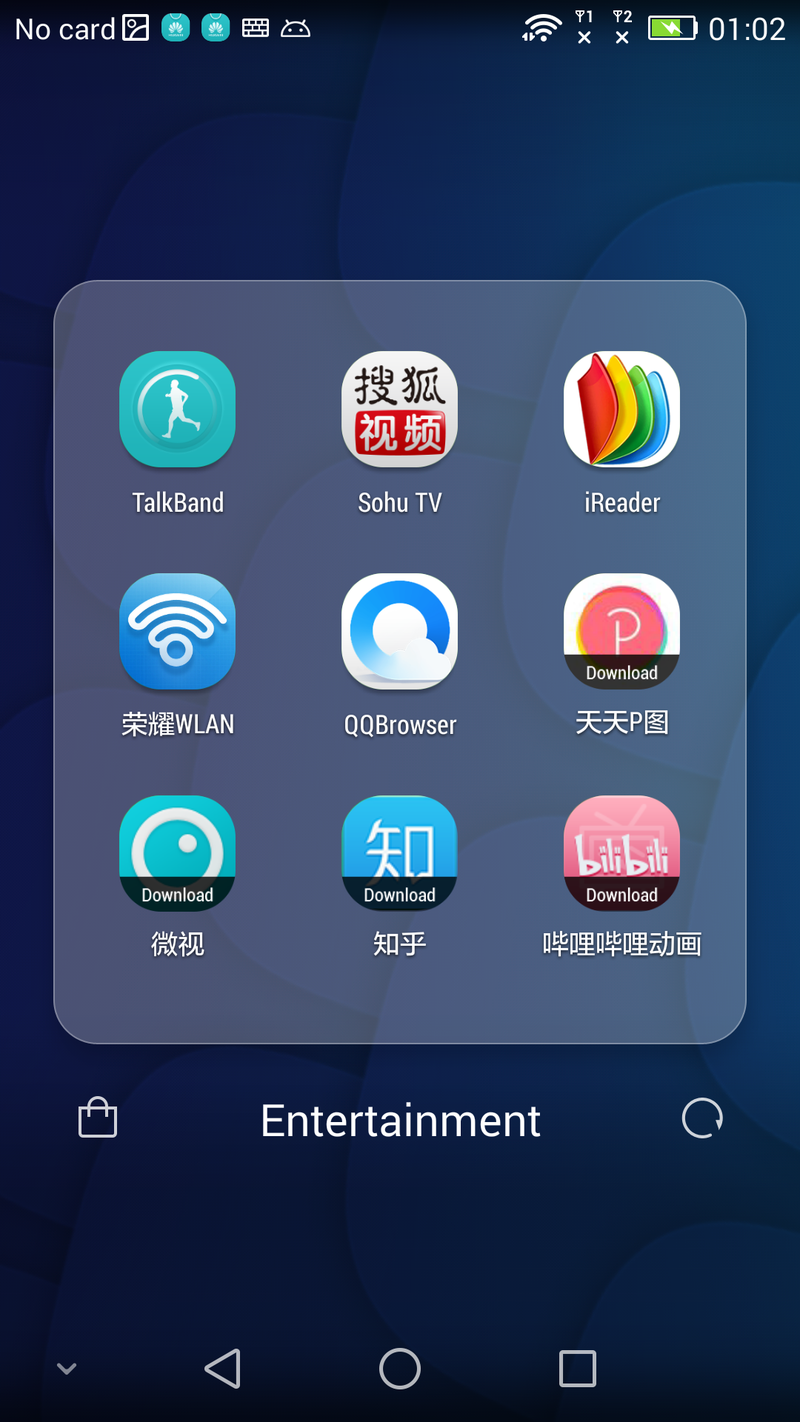

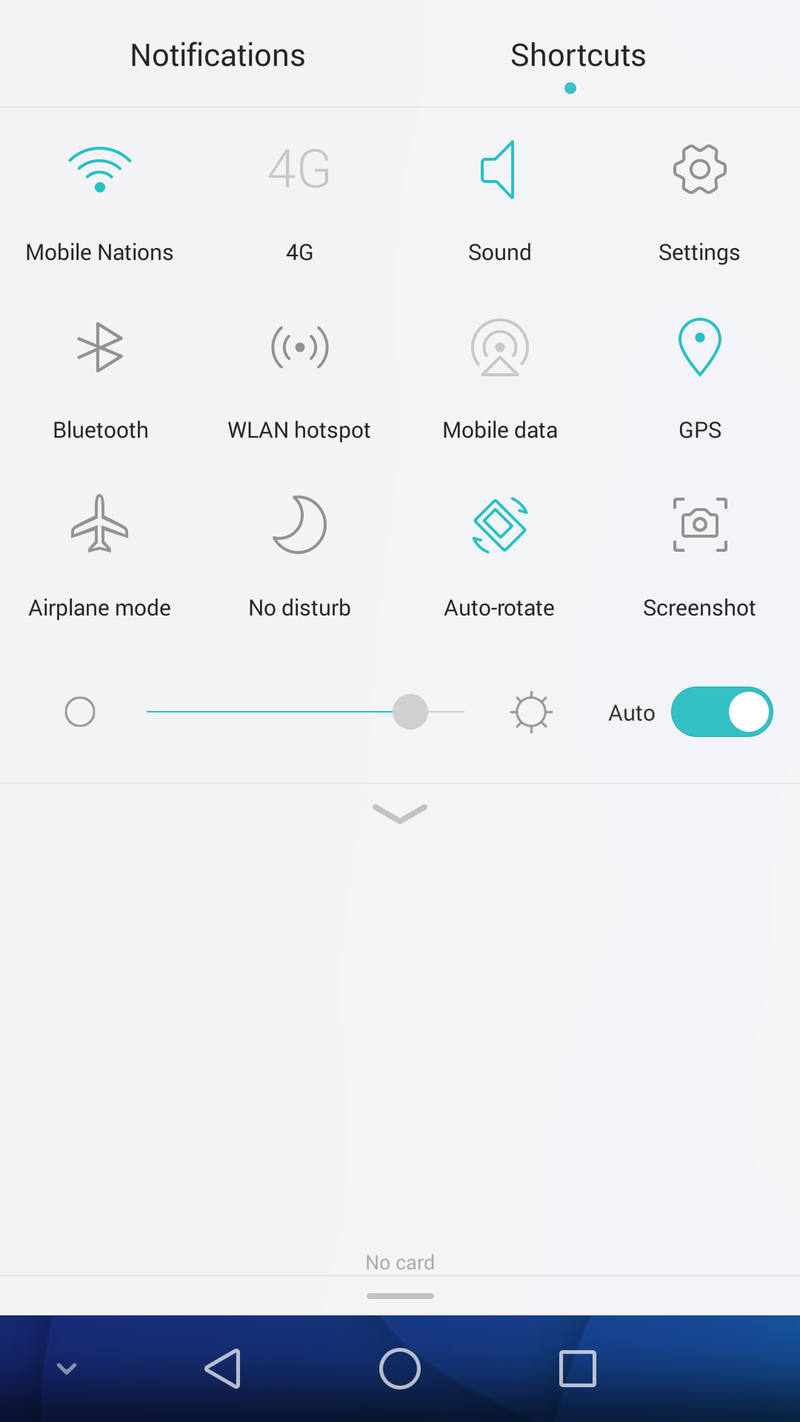



Huawei Honor 6 Plus camera
There is a whole lot to like here
And now for the real reason we're even holding this phone: The camera.
Let's start with the camera app itself. (And we're assuming it'll come along for the North American ride later this year.) It's simple, but very nicely done. You've got a large circular shutter button, and also the option to tap the screen to fire off a shot. Flanking the shutter button are shortcuts to the gallery, and real-time filtering. Yep, you can preview what, say, "Valencia" or "Childhood" will look like before you even take the shot. Is that better than doing it after the fact? To each his own. Still looks cool, and they work great on video as well.
Slide your finger left or right on the screen and you'll switch to either video mode, or a wide-aperture option that lets you digitally select between f/0.95 and f/16.
Also on the top level are buttons for flash options, front/back camera switching and an overflow menu for the various camera modes (panorama, HDR, etc.) and settings button. It's all very nicely laid out.
As for actually taking pictures, you'll need to be a little careful when where you're keeping your fingers. The dual lenses are pretty close to the corner of the phone, and it's not unusual to see a nub creeping into the shot.
Now for the cool part we've sort've buried here: Those dual lenses. Here's the deal: They're both of an 8-megapixel resolution. Combined, you can get up to a 13-megapixel shot (I've been shooting at 8MP though, since that was the default) at a 4:3 aspect ratio. The idea is that the dual lenses are what give you those manual aperture options, and they help out in low light as well.
One other feature that definitely stands out: Quick shooting from sleep. That's not exactly a new thing, manufacturers have long touted just how quickly you can get a shot off upon waking the phone. Huawei sort of makes a game out of it here. Double-press the volume-down button to trigger "Ultra Snapshot." The phone wakes, snaps a pictures — and then tells you how quickly it took the shot. Very cool, but you do have to make sure your left hand is out of the way of the lens.
And the results of all this? Let's take a look.









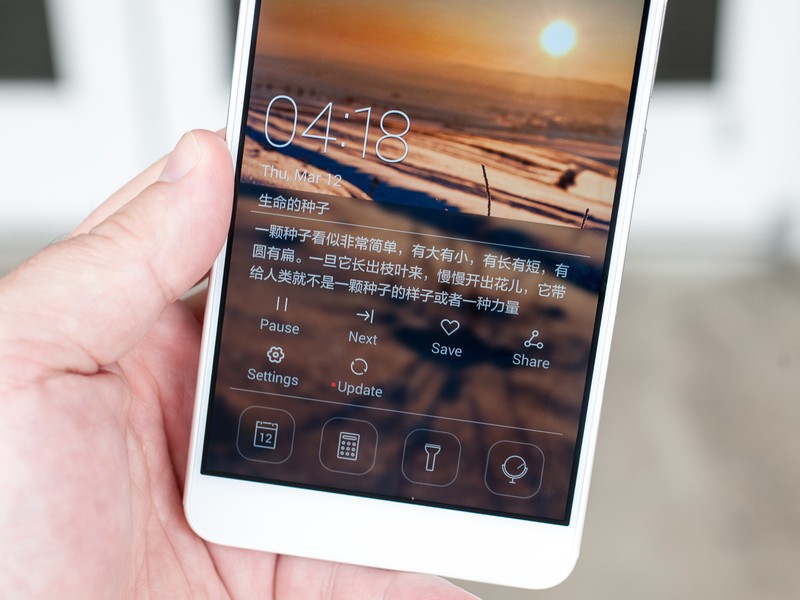
The bottom line ...
A taste of things to come
This really is just the start. You are going to hear much more from Huawei this year, no doubt. The Chinese company is coming to America, and it's going to bring some interesting tech along with it.
The real question at this point is how it's all going to fit together. Will we see EMUI make the journey as it has, say, in Europe? Or will Huawei bring something more traditional. And how will prices stack up?
As for us? We welcome the addition. More good Android devices is better for everyone. It raises the low end and adds the need for improvement at the high end.
And as for the Honor 6 Plus? That's one — make it two — capable camera on this phone, with a well-thought-out app behind it. It's going to fun to watch Huawei enter the U.S., and in an Android 5.1 Lollipop world, no less.

